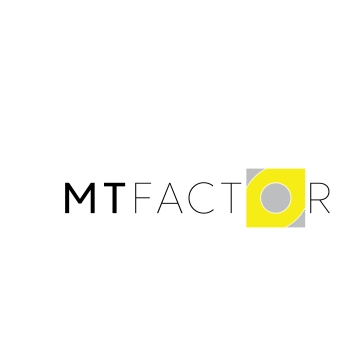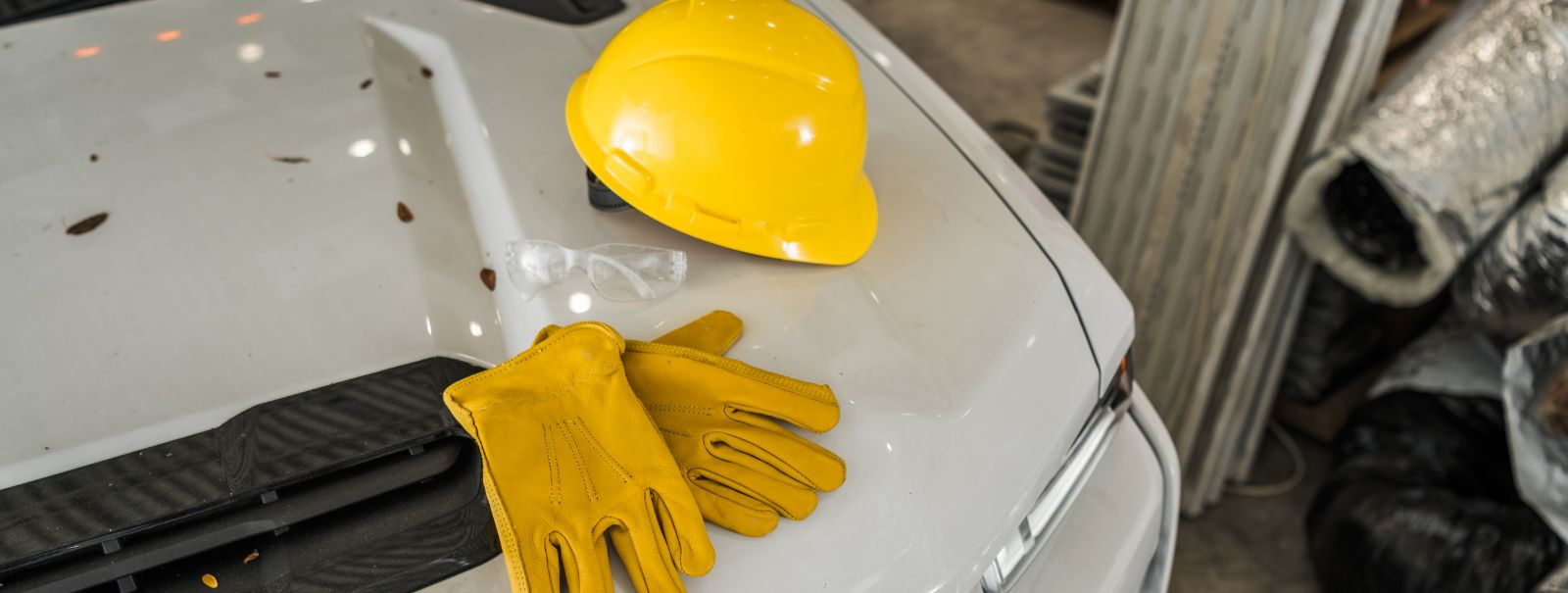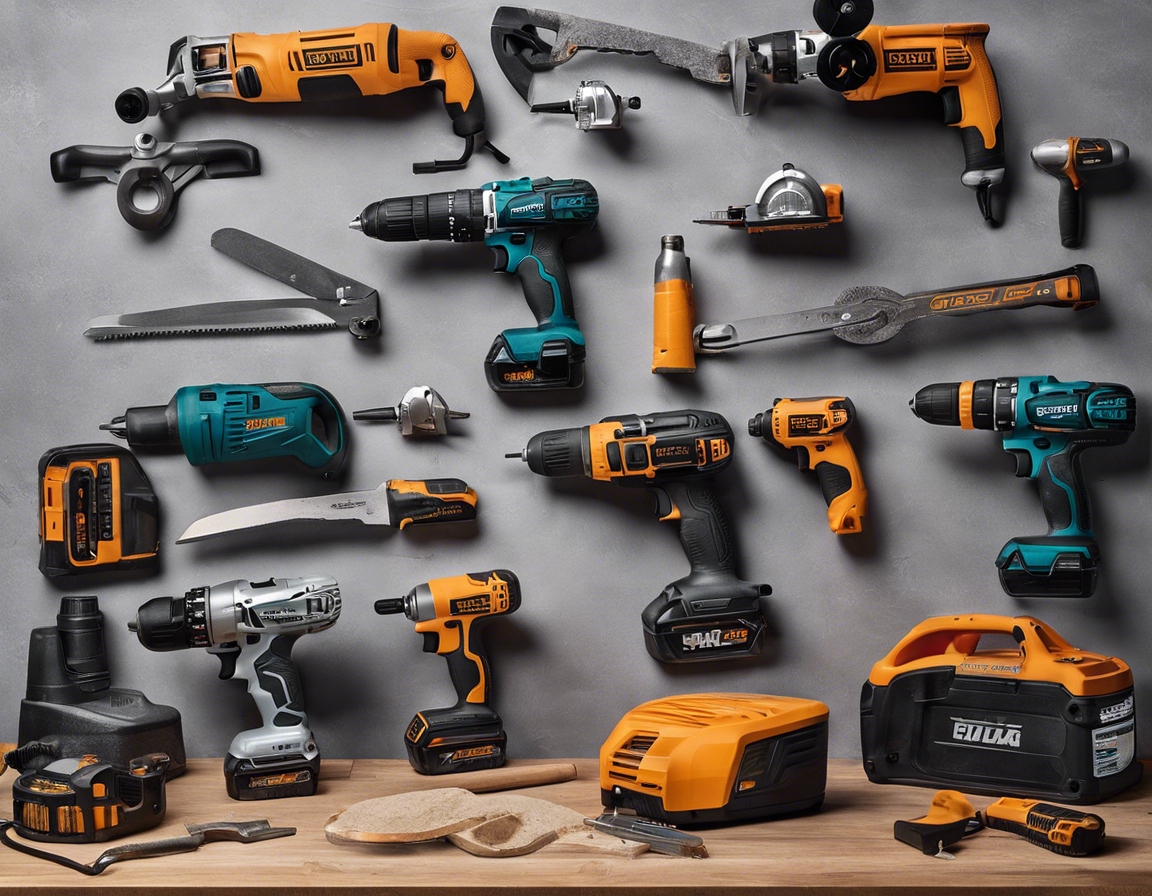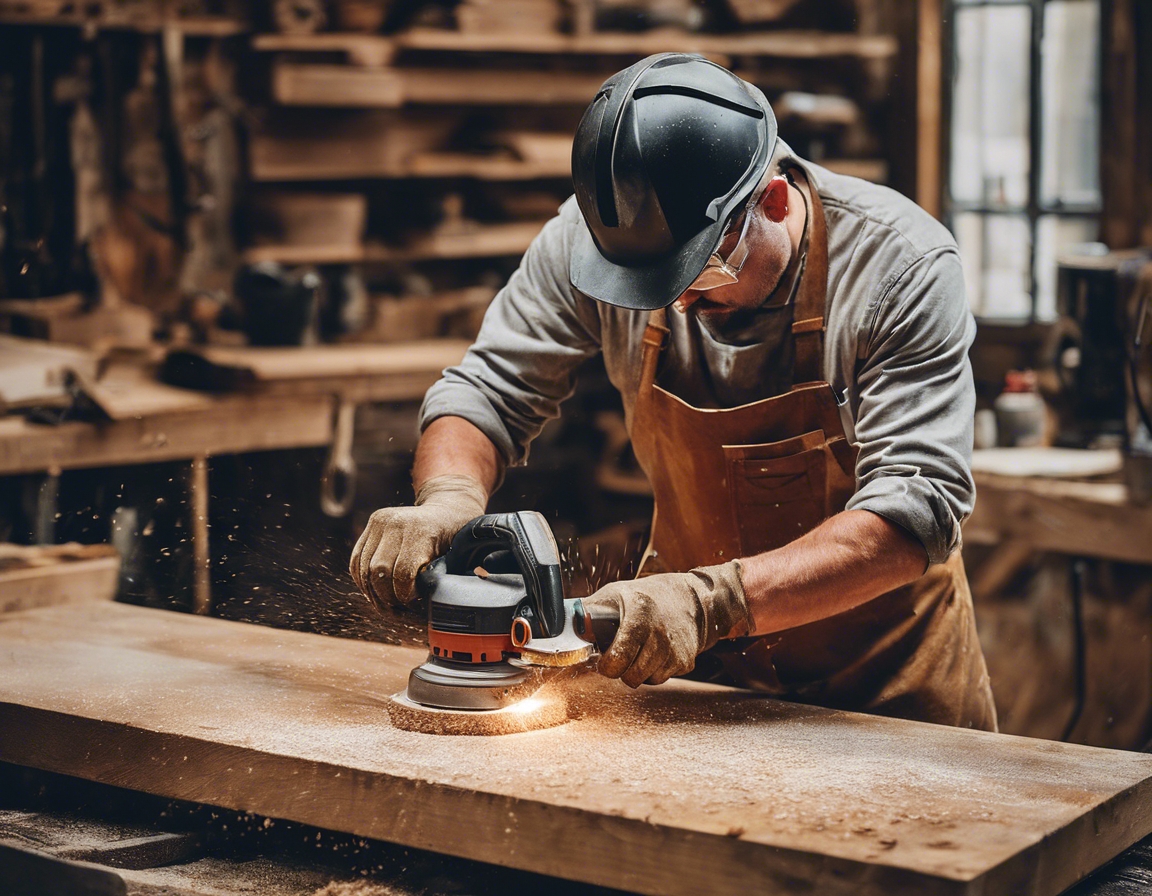The ultimate guide to personal protective equipment
Personal Protective Equipment, or PPE, is the first line of defense against workplace hazards. It is essential for skilled tradespeople, construction workers, and industrial employees to understand the critical role PPE plays in preventing injuries and safeguarding health. From hard hats to safety boots, PPE encompasses a variety of items designed to protect workers from physical, chemical, and biological hazards.
Regulatory bodies such as OSHA have established stringent guidelines for the use of PPE in the workplace. Employers are required to provide their workers with the necessary equipment and ensure its proper use. Compliance with these regulations not only protects employees but also minimizes the risk of costly penalties and litigation.
Types of Personal Protective Equipment
Head protection, including helmets and hard hats, is vital for protecting against falling objects and impacts. Selection should be based on the specific risks present in the work environment.
Safety glasses, goggles, and face shields protect against flying debris, splashes, and intense light. It's crucial to choose the right type of protection for the task at hand.
Earplugs and earmuffs are essential in environments with high noise levels. Proper selection and fitting are key to ensuring maximum protection.
Respirators and masks shield workers from inhaling harmful dust, fumes, and vapors. Understanding the different types and their applications is critical for effective protection.
Gloves come in various materials and designs to guard against cuts, burns, chemicals, and electrical hazards. Selecting the appropriate glove is a matter of understanding the specific risks involved.
Safety boots and shoes with reinforced toes and puncture-resistant soles are designed to protect feet from heavy objects and sharp hazards.
Coveralls, vests, and aprons provide a barrier against spills, splashes, and abrasive surfaces. Material and design should be chosen based on the level of risk in the workplace.
For work at heights, harnesses, lanyards, and lifelines are crucial. These systems must be carefully selected and regularly inspected to prevent falls.
Selecting the Right PPE for Your Job
Identifying potential hazards is the first step in selecting appropriate PPE. A thorough risk assessment should be conducted to determine the specific needs of each job.
Once risks have been identified, the next step is to match the PPE to the specific hazards. This ensures that the chosen equipment will provide adequate protection.
For PPE to be effective, it must fit properly and be comfortable enough for workers to wear throughout their shifts. Ill-fitting equipment can compromise safety and reduce compliance.
Proper training in the use of PPE is essential. Workers must understand how to don, doff, adjust, and wear their equipment correctly to ensure maximum protection.
Maintenance, Care, and Replacement of PPE
Regular cleaning and proper storage are vital to maintaining the integrity of PPE. Dirty or improperly stored equipment can fail to provide the necessary protection.
Regular inspections and maintenance are required to ensure that PPE remains in good working condition. Damaged or worn-out equipment must be repaired or replaced immediately.
Knowing when to replace PPE is crucial. Signs of wear, damage, or degradation indicate that it's time for new equipment.
Advancements in PPE Technology
Advancements in materials and design have led to lighter, more durable, and more comfortable PPE, enhancing worker safety and productivity.
The integration of technology into PPE, such as wearables that monitor environmental conditions and worker vitals, is paving the way for a safer future in the workplace.






Comments (0)